Best Selling Products
What is graphic design? What does it include? What software is commonly used in graphic design?
Nội dung
- 1. What is graphic design?
- 2. Graphic Design - What does graphic design include?
- 2.1. Logo – Identity: Brand identity design
- 2.2. Business & Advertising: Marketing, advertising design
- 2.3. Web and App: Web and application interface design
- 2.4. Packaging & Label: Packaging and label design
- 2.5. Book & Magazine: Design of published publications
- 3. What software is commonly used in Graphic Design?
- 3.1. Adobe Photoshop
- 3.2. Adobe Illustrator
- 3.3. Adobe Indesign
- 3.4. CorelDraw
- 3.5. GIMP
- 3.6. 3Ds Max
- 4. What is the job of a Graphic Designer?
- 4.1. Magazine and newspaper design – Magazine Design
- 4.2. Advertising design
- 4.3. Book Design
- 4.4. Logo Design – Corporate Identity
- 4.5. Package Design
- 4.6. TV Graphic
- 4.7. Record Design
- 4.8. Web interface design
- 4.9. Game Design – 3D animation
- 4.10. 3D VFX visual effects design
- 4.11. 3D interior design and construction
- 4.12. Information Graphic
- 5. Skills of Graphic designer
- 5.1. Technical skills
- 5.2. Required soft skills
What is graphic design? What are the characteristics and skills of this profession? The following article by Sadesign will help you better understand this interesting and potential field of graphic design.
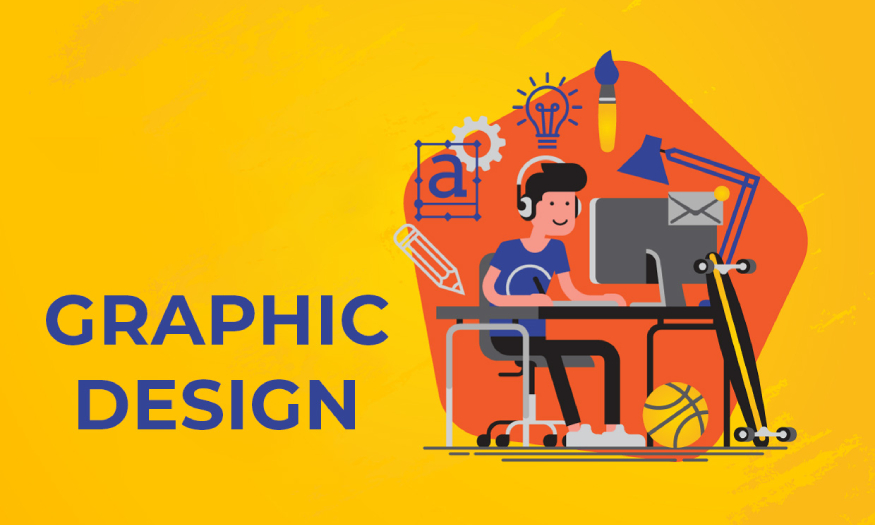
1. What is graphic design?
Graphic design, also known as graphic design, is a creative profession that combines art and technology. It focuses on designing and arranging visual elements, text, colors, and shapes to create products that effectively convey messages and attract viewers.
Simply put, Graphic design is the art of using images, colors, and layout to convey messages, ideas, or emotions to viewers.
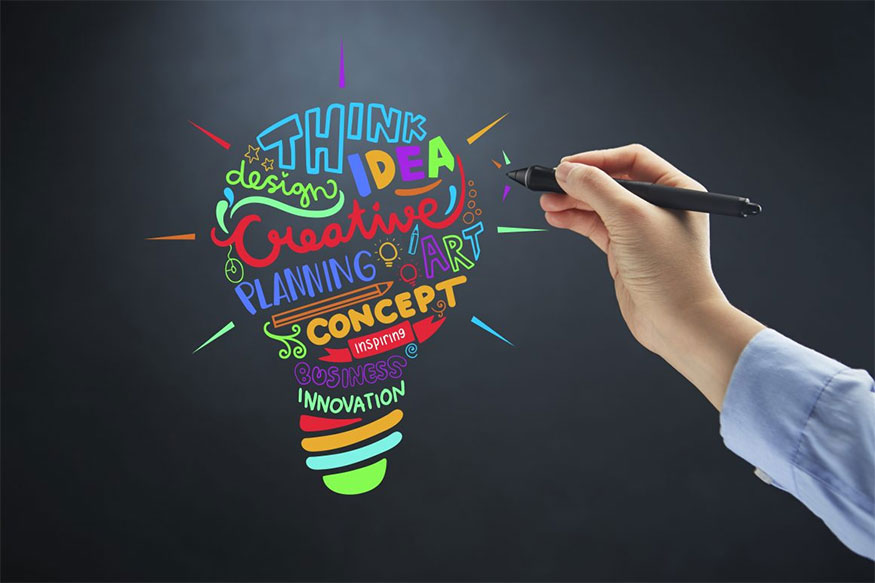
Graphic design can make life more vivid and richer. Images, colors, and layouts are harmoniously combined to enhance the aesthetics of products, services, and the surrounding environment. Graphic design not only brings value in form but also shows the sophistication, aesthetic taste, and soul of the designer.
2. Graphic Design - What does graphic design include?
The field of Graphic design is extremely diverse and includes many sub-specialties, each focusing on a specific purpose and customer. This diversity gives Graphic design a huge influence on social life, from building personal brands to promoting the image of large organizations and businesses. Below are some of the main areas of Graphic design that you need to know:
2.1. Logo – Identity: Brand identity design
Logo and brand identity design is one of the core areas of Graphic design. It plays an important role in building brand image, expressing the personality and uniqueness of a business, product or individual.
A complete brand identity will include logo, main colors, fonts, images, slogans, etc. All of these elements must be unified and consistently presented on all publications and media.
Logo design is a creative process that requires a deep understanding of the brand’s identity, values, and goals. Through the use of shapes, lines, and colors, the designer creates a unique, memorable symbol that conveys the brand’s core message. The logo needs to be simple, recognizable, and appropriate to the industry and target audience.
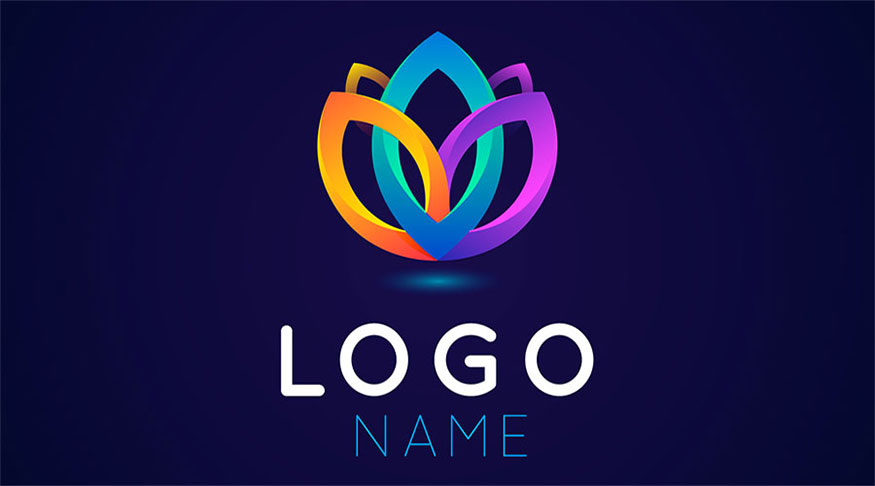
Consistency in brand identity will help customers recognize and remember the brand easily, while building customer trust and loyalty to the brand.
2.2. Business & Advertising: Marketing, advertising design
Advertising design is an important part of marketing and communication. A Graphic Designer plays an important role in designing advertising publications such as banners, posters, brochures, flyers, etc. to attract the attention of potential customers and convey advertising messages most effectively.
The effectiveness of an advertising campaign depends largely on the design of the advertising publications. A beautiful, creative and attractive advertising design will attract customers' attention, helping them remember the message more easily. On the contrary, a boring, unattractive advertising design will be easily ignored by viewers.
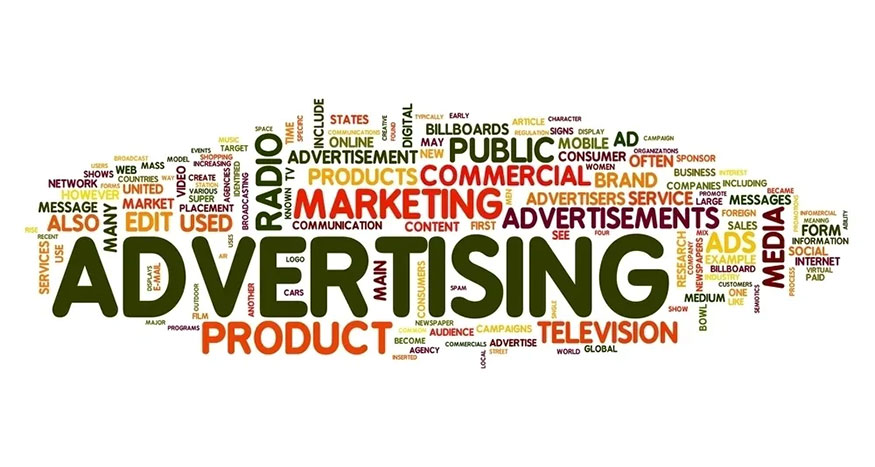
Advertising design requires a harmonious combination of aesthetics and effectiveness. Designers need to grasp design trends, understand the target audience and the message the brand wants to convey.
2.3. Web and App: Web and application interface design
Web and application interface design is a rapidly growing field in the digital age. Graphic designers will create user-friendly, easy-to-use and intuitive interfaces, providing the best experience for users.
Interface design often focuses on visual and graphical experiences. Therefore, interface designers need to know how to balance aesthetic appeal with functional effectiveness.
In the field of interface design, in addition to being proficient in graphic software, it is necessary to have knowledge of programming languages such as HTML, CSS and JavaScript and work closely with UX designers and UI developers to create effective products.
2.4. Packaging & Label: Packaging and label design
Packaging today has gone beyond its basic function of containing and protecting products. It has become a powerful communication tool where brands tell unique stories and create their mark. The art of packaging design is a harmonious combination of visual aesthetics and brand identity, creating memorable experiences for consumers.

Packaging designers play a vital role in shaping a product’s image in the marketplace. They work with a wide range of industries, from fast-moving consumer goods to cosmetics to technology products. To be successful, designers need to have a deep understanding of graphic design, printing, and manufacturing technology. At the same time, they must be flexible, creative, and always up to date with market trends to meet the high demands of consumers.
Packaging design activities include: product packaging design (boxes, bottles, jars), label design, and accompanying publications. Each design carries its own message, contributing to building a professional and impressive brand image.
2.5. Book & Magazine: Design of published publications
Traditional printed books, newspapers, and magazines are typical representatives of the printing and publishing industry. To create high-quality publications, graphic designers need not only creativity but also extensive professional knowledge.
In addition to graphic design skills, a designer working in this field needs to have a thorough understanding of journalism terminology, color management processes, printing technology, and digital publishing.

In addition, proficiency in specialized software such as QuarkXPress and InDesign is indispensable to create professional designs and meet the strict requirements of the publishing industry.
3. What software is commonly used in Graphic Design?
To perform graphic design work, Graphic Designers often use professional software. These software programs provide a variety of tools and features to help the design process take place more quickly, efficiently and professionally. Below are some of the most popular software in the Graphic design industry:
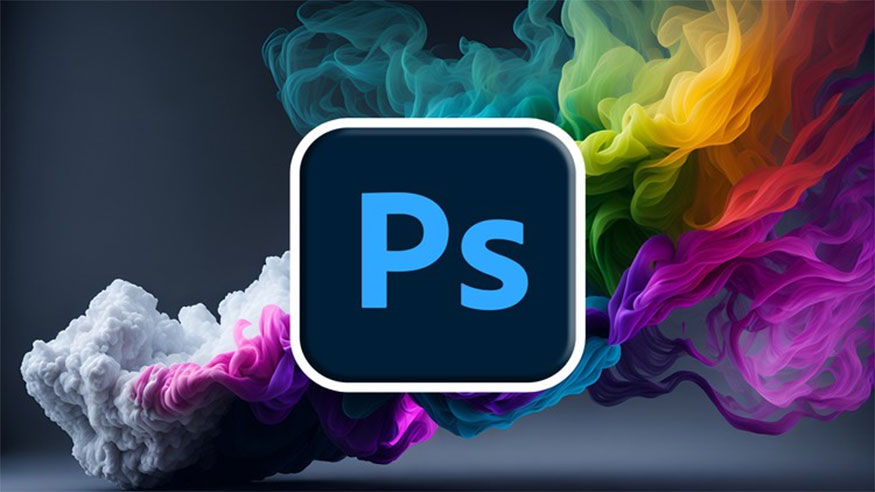
3.1. Adobe Photoshop
Photoshop is the leading photo editing software, widely used in fields such as web design, advertising design, photo editing, image processing, etc. This software provides a rich photo editing toolkit, allowing users to create unique effects and edit images professionally.
Photoshop can process images in all formats, from camera photos to scanned images and vector images. Users can use Photoshop to crop, edit color, brightness, contrast, add effects, text, etc. to photos. This software is also used to create mock-up designs for websites, applications, product packaging, etc.
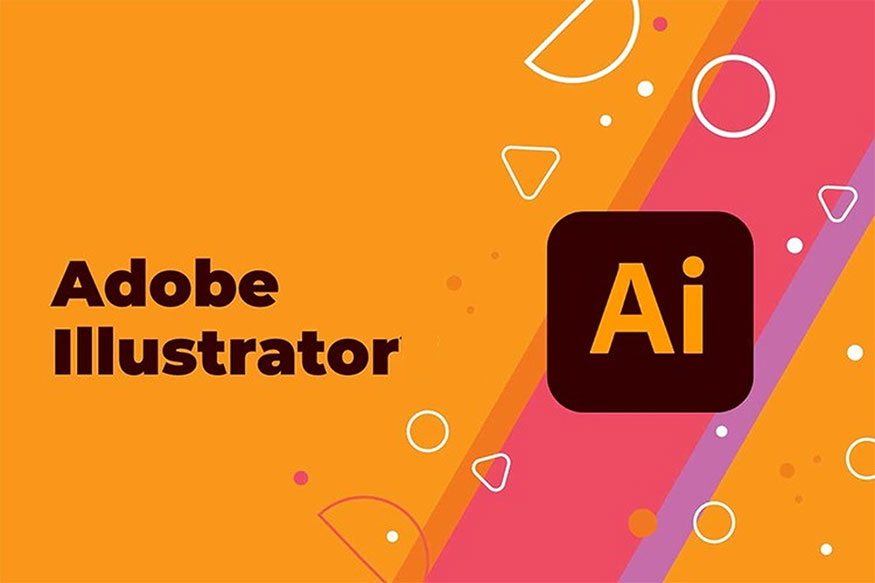
With a friendly and easy-to-use interface, Photoshop is an indispensable tool for graphic designers. It allows users to unleash their creativity and create impressive designs. However, Photoshop is a software that requires users to have certain knowledge and skills to use it proficiently.
3.2. Adobe Illustrator
Illustrator is a vector design software, used to create high-resolution images, with the ability to enlarge and reduce without losing image quality. This software is often used in logo design, icons, illustrations, packaging design, ...
Illustrator allows users to create vector images from basic shapes such as lines, curves, circles, squares, etc. Users can then customize these images by changing color, thickness, stroke style, etc. Illustrator also provides many other design tools such as grid creation tools, gradient creation tools, effect creation tools, etc.
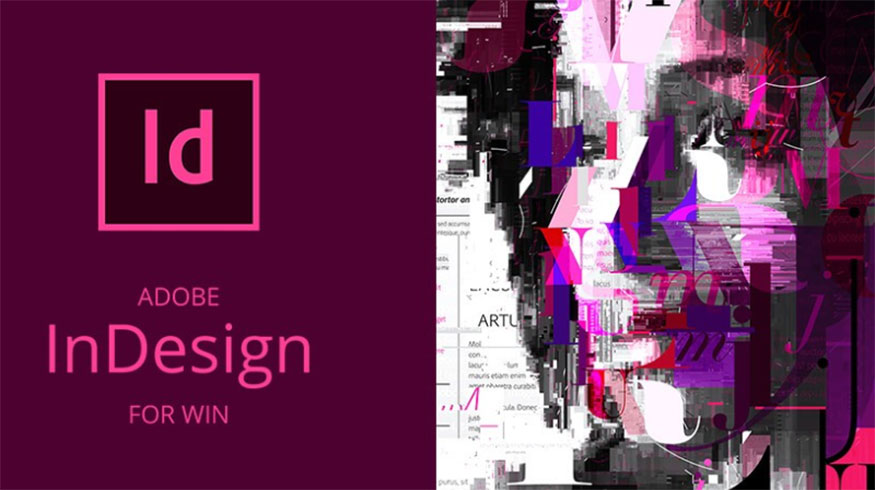
Illustrator is the perfect choice for those who want to create high-resolution images that can be enlarged and reduced without losing quality. It is also a great tool for designing logos, icons, illustrations, packaging design, etc. However, Illustrator also requires users to have certain knowledge and skills to use it proficiently.
3.3. Adobe Indesign
InDesign is a specialized software for designing layouts and arranging content in printed publications such as books, magazines, brochures, etc. This software possesses powerful features that help users create publications with professional, beautiful and easy-to-read layouts.
InDesign allows users to create book and magazine pages with professional, balanced and easy-to-read layouts. Users can use InDesign to design book covers, design book page content, insert images, text, etc. This software also supports many other features such as creating tables, creating charts, creating effects, etc.
InDesign is the perfect choice for those who want to create professional, beautiful printed publications. It allows users to easily control layout, fonts, colors, and images to create high-quality publications. However, InDesign also requires users to have certain knowledge and skills to use it proficiently.
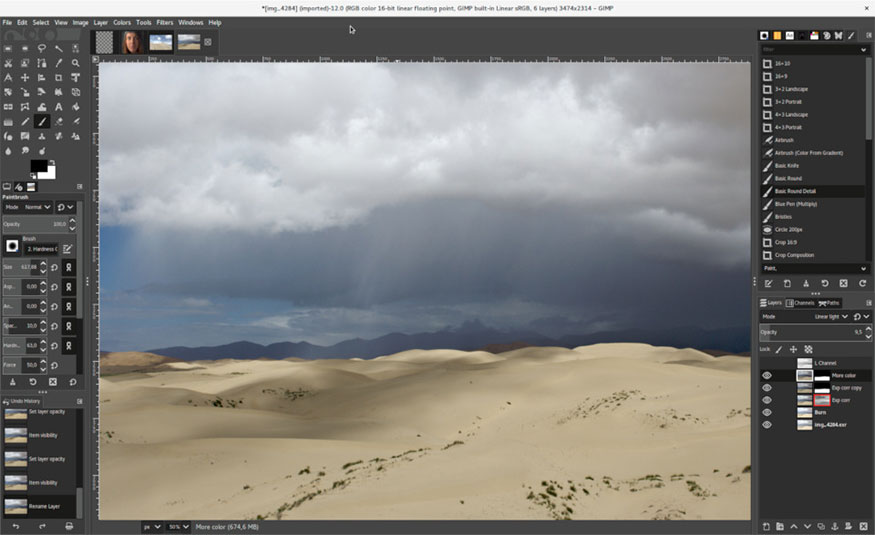
3.4. CorelDraw
CorelDraw is a professional vector graphics software, widely used in the field of graphic design. Similar to Illustrator, CorelDraw provides users with a diverse set of tools to create high-quality vector images.
With an intuitive and easy-to-use interface, CorelDraw is widely used in designing graphic publications such as covers, banners, posters and advertising templates.
3.5. GIMP
GIMP stands for GNU Image Manipulation Program - a powerful and completely free image editing software. Developed by the GNU open source community, GIMP provides a reliable alternative to commercial image editing software, and can run on both Windows and Linux operating systems.
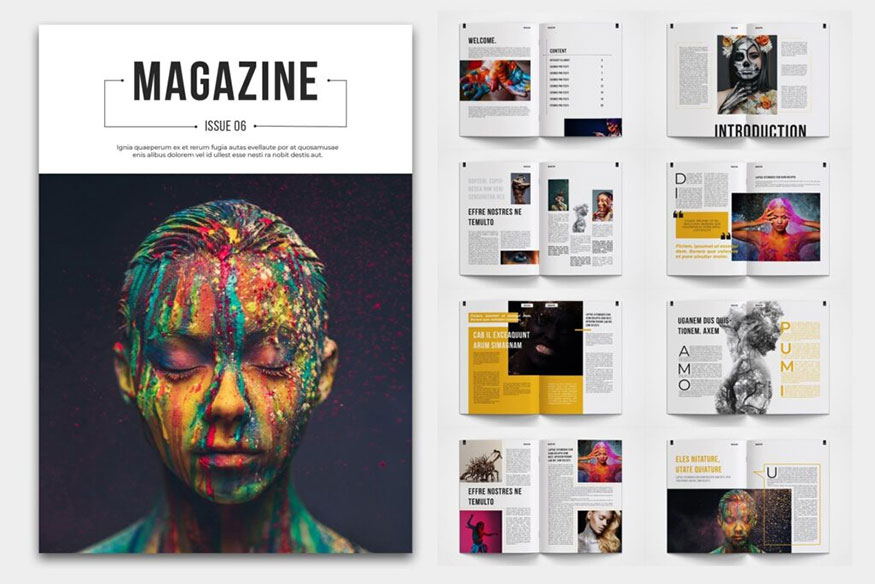
3.6. 3Ds Max
3DS Max is professional 3D graphics design software fully equipped with powerful tools and features to help create realistic and vivid 3D models.
From simple objects such as teapots, cones, pyramids, users can build more complex and detailed models. 3DS Max is widely used in many fields, from interior and exterior design to film production, games and architecture.
4. What is the job of a Graphic Designer?
The work of a Graphic Designer is very diverse and includes many different aspects, depending on the field of expertise and working environment. Here are some of the main jobs of a Graphic Designer:
4.1. Magazine and newspaper design – Magazine Design
Magazine and newspaper design requires Graphic Designers to be able to design publication layouts, choose fonts, use illustrations and graphics appropriate to the content to create attractive and easy-to-read publications.
The layout must be balanced and clear, making it easy for readers to follow the content. The choice of font is also very important, the font must be suitable for the content and the audience. Illustrations also play an important role, they help to enliven the content and attract the attention of readers.
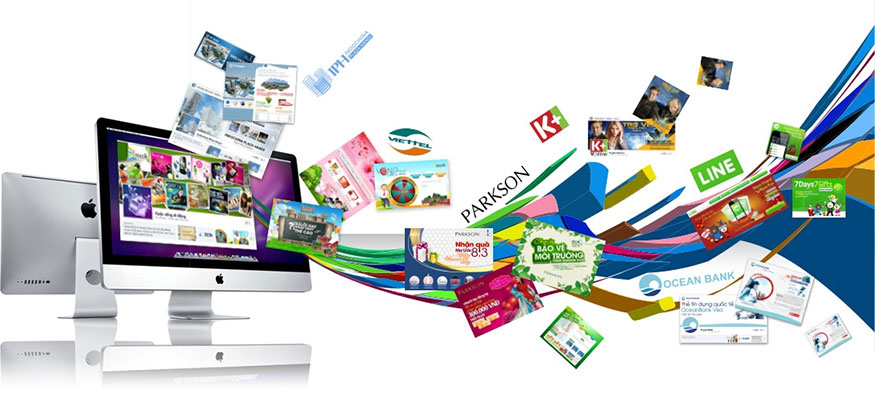
A good Graphic Designer in the publishing industry must be able to combine these elements harmoniously to create beautiful, readable and attractive publications. They must be knowledgeable about typography, layout design and know how to use color and images to create high-quality publications.
4.2. Advertising design
Advertising design includes creating advertising publications such as banners, posters, brochures, flyers, etc. to attract customers' attention and convey advertising messages in the most effective way.
Advertising design requires creativity and sharp design thinking skills. Graphic Designers need to understand the target audience, advertising message and the goals that the advertising campaign wants to achieve. They must design unique advertising publications that attract viewers' attention and convey the message effectively.
Elements such as color, images, fonts, and layout must be carefully designed to create an effective advertising publication. Graphic Designers must know how to use color to attract attention, choose images that match the advertising content, and use fonts that are easy to read and impressive.
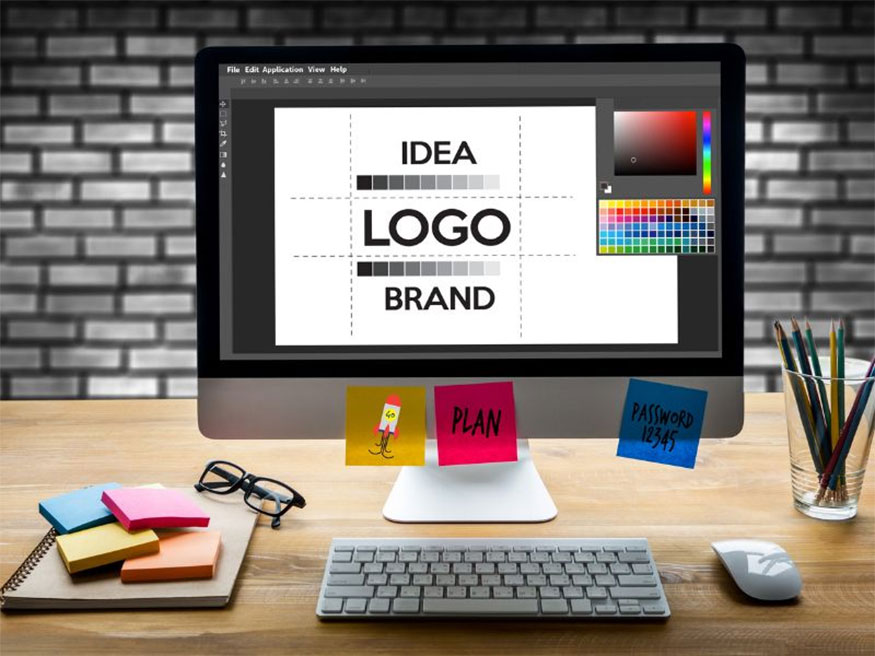
4.3. Book Design
A Book Designer needs to have an understanding of printing techniques, fine arts, and paper materials. A Book Designer will need to fulfill the following requirements:
Book cover design
Layout
Design and presentation of professional reference books
4.4. Logo Design – Corporate Identity
Logo design is one of the most important jobs of a Graphic Designer. They have to create a unique logo that represents the identity and brand values of the business.
Logo design is not only about creating a beautiful image but also about conveying the message and core values of the brand. The logo must be simple, memorable, recognizable and suitable for the industry and target customers.
A good Graphic Designer must be able to listen and understand the brand, then be able to design a unique logo that fits the brand. They must know how to use shapes, colors, and fonts to create an impressive and unique logo.

4.5. Package Design
Packaging is not just the outer shell of a product, but also an effective communication tool. It helps protect the product, and is also a bridge for brands to tell compelling stories, creating a unique impression in the hearts of consumers.
To do that, the packaging designer needs to be able to harmoniously combine visual elements and brand identity. With the diversity of industries such as cosmetics, consumer goods, electronics, the work of a packaging designer requires creativity, flexibility and a deep understanding of consumer tastes.
4.6. TV Graphic
Television graphic design is a field that requires a harmonious blend of art and technology. Those who work in this field are responsible for creating impressive and iconic animations to introduce television programs.
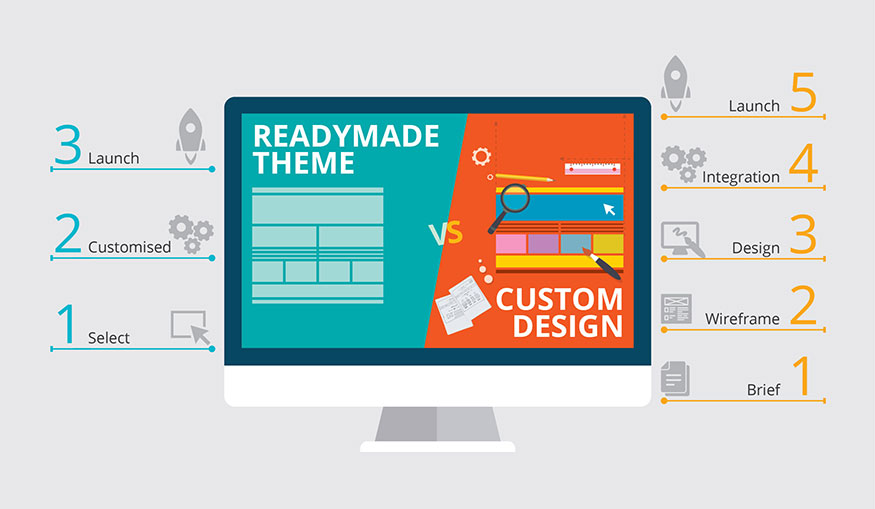
With rich imagination and the ability to proficiently use specialized software such as Photoshop, After Effects, Maya, MotionBuilder, they create unique visual effects, contributing to increasing the appeal of television programs.
4.7. Record Design
Record designers play an important role in creating the visual image of a music album. They are responsible for designing visual elements such as the album case and cover.
To create unique and attractive designs, designers need to be constantly creative and always update the latest design trends.
4.8. Web interface design
Professional web interface design is not only an aesthetic factor but also a decisive factor for the success of a website. A beautiful, easy-to-use web interface will create a good impression on customers, increase trust and promote conversion.

To do this, a web interface designer needs to be able to balance aesthetics and usability, while also being proficient in design tools and having knowledge of programming languages.
4.9. Game Design – 3D animation
Game designers and 3D animators are the people who create immersive virtual worlds. They not only create characters and environments, but also bring them to life with intricate movements and animations.
To do this, they are proficient in specialized software such as 3DS Max, Blender, Maya, Zbrush...
4.10. 3D VFX visual effects design
To create special and vivid visual effects in movies, VFX designers often use specialized software such as Maya, Adobe Premiere, Blender, Cinema 4D.
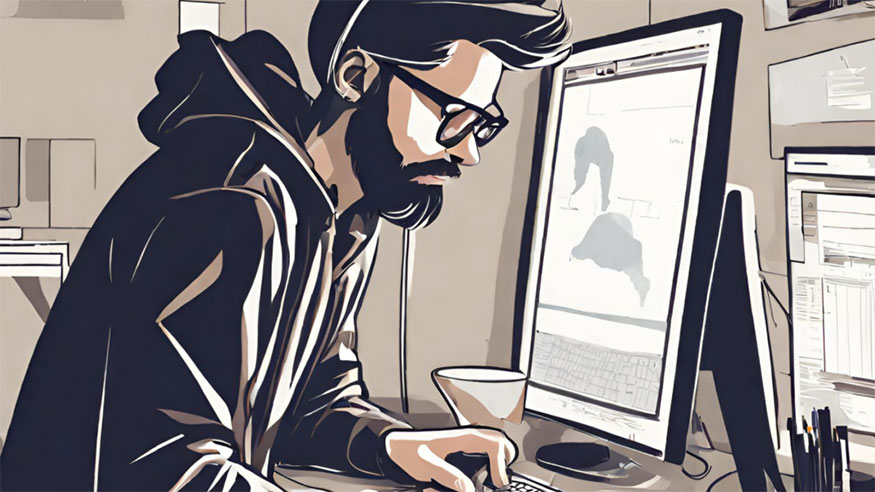
These software provides a powerful set of tools, helping artists create perfect virtual scenes, replacing scenes that cannot be achieved in reality.
4.11. 3D interior design and construction
To create realistic and vivid 3D architectural designs, designers need to have a solid knowledge base in 3D modeling principles and proficiency in specialized software such as Solidworks, AutoCad, NX/Catia.
This software is powerful tools that help architects accurately simulate construction works, interiors and living spaces.
4.12. Information Graphic
"Information graphic design is the art of turning complex information into visual, easy-to-understand images. Information graphic designers are tasked with turning numbers and dry text into vivid, attractive charts and infographics.
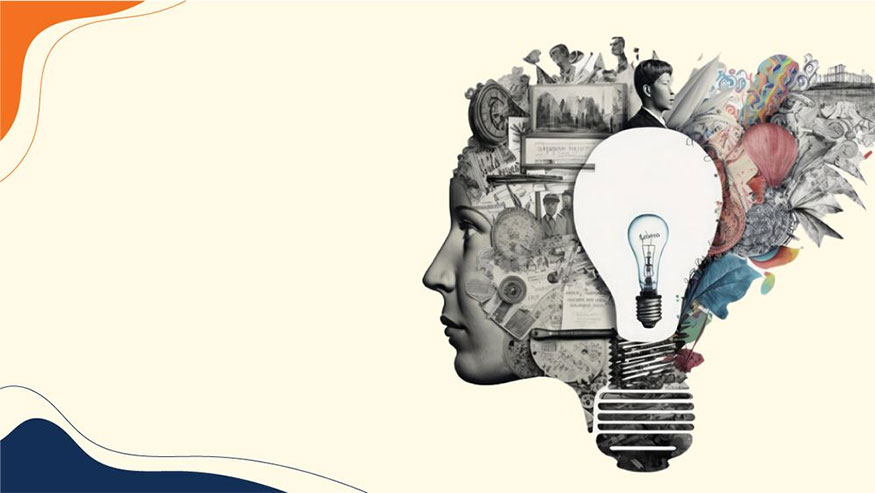
To do this, they need to have logical thinking ability, the ability to synthesize information and proficiency in specialized design software such as Corel Draw, Adobe InDesign...
5. Skills of Graphic designer
Graphic design requires the following basic skills:
5.1. Technical skills
Technical skills for a Graphic designer include:
Design principles: Understand design principles to know how to combine colors, images, etc. to get a complete design.
Ideation: Design requires a high level of creativity, so ideas are essential when working in this industry.
Brand knowledge: A graphic designer has a great impact on brand recognition. Therefore, a graphic designer needs to have good knowledge of brands to represent them consistently in the design.
Typography: Typography is an indispensable element in design. A design with reasonable layout and color will create a strong impression and vice versa.
Technologically sensitive: A Graphic designer needs to work with a lot of tools. Therefore, being technologically sensitive is an indispensable factor for a Graphic designer.
UI/UX design: Although this is not a mandatory requirement for graphic designers, user experience on applications and websites has received more attention in recent times. Therefore, the demand for UI/UX design has increased. Having skills in this field will help you have higher career opportunities.
5.2. Required soft skills
Here are the soft skills required for a graphic designer:
Creativity: This skill is very important for graphic designers to create an impression and breakthrough for their designs. Graphic designers need to explore and research to have outstanding creativity in their designs.
Problem Solving Ability: Graphic designers design is the process of solving problems that partners, customers and superiors need. Therefore, problem solving skills to create suitable designs are essential for a graphic designer.
Communication skills: A graphic designer’s job is to work with many different people. Therefore, communication skills are especially important so that they can coordinate harmoniously and well with their colleagues.
Graphic design is a diverse and potential design field, playing an important role in social life. Understanding Graphic design, the fields in this profession and the necessary skills will help you have solid steps on the path to becoming a professional graphic designer.
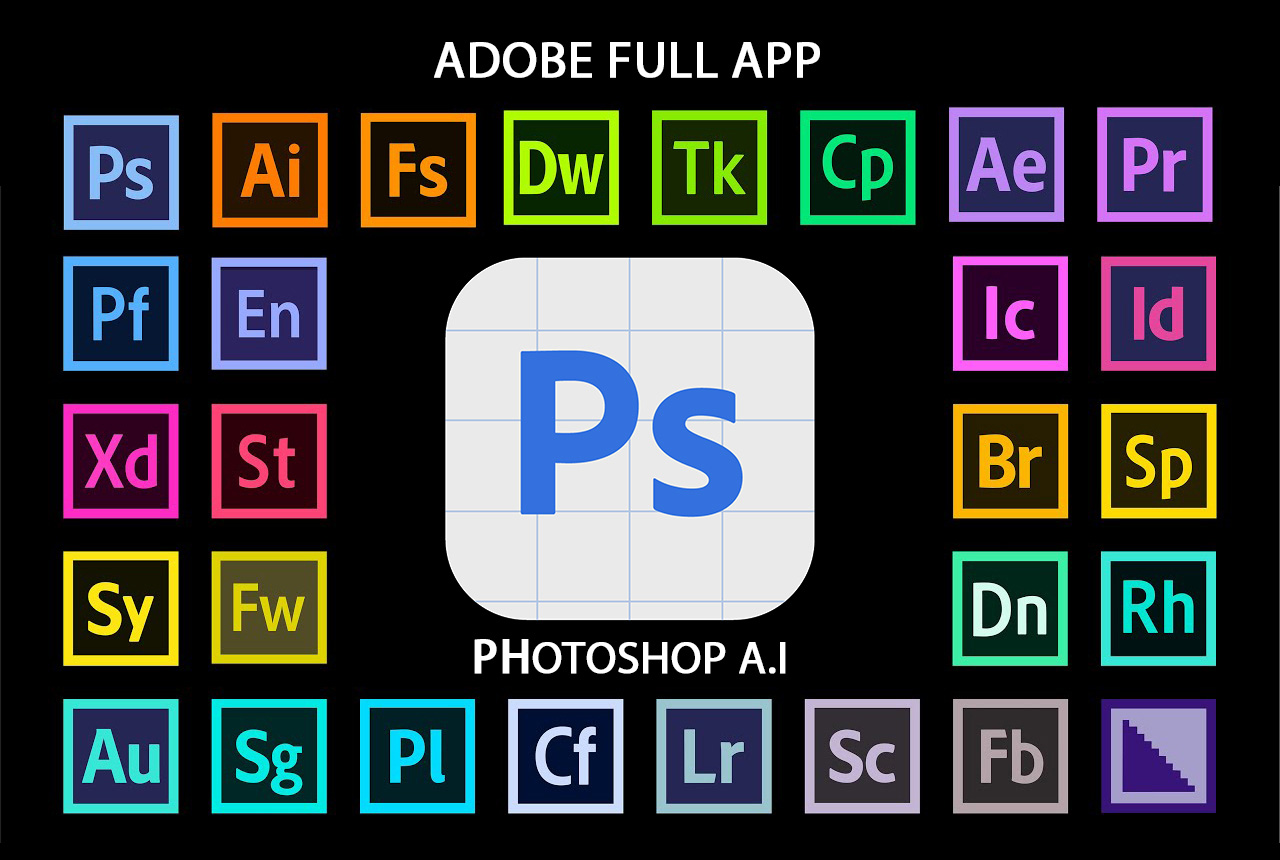
Installation and support contact information:
🏡 SADESIGN Software Company Limited
📨 Email: phamvansa@gmail.com
🌍 Website: https://sadesign.ai















.png)





























